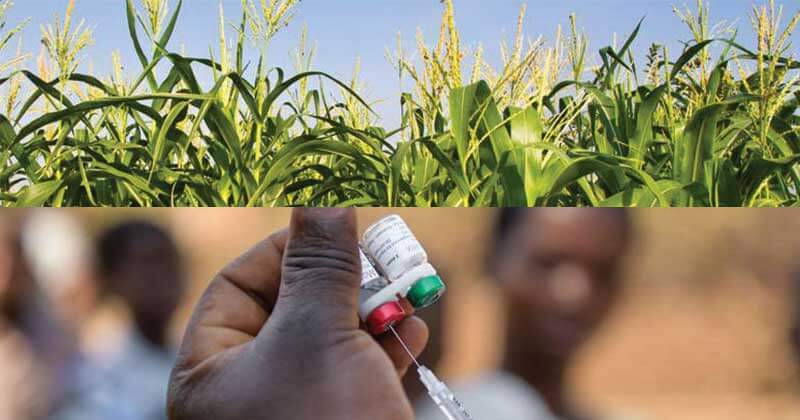- Experimental studies set out to alter, rather than just observe, relevant exposures of interest, and to assess over time their impact on health status or disease outcomes.
- The field trial is the one such type of interventional study designed to evaluate prevention strategies.
- They are studies carried out “on the ground” or “on the field”, in people not admitted to an institution but in subjects of the population, free of disease.
- They are carried out to people who do not necessarily have a particular disease but are considered at risk.
- These studies are also referred to as preventive studies and may take the form of a trial to test health education methods, training procedures or other public health programs.
- Field trials differ from clinical trials in that they deal with subjects who have not yet gotten the disease and therefore are not patients.
- Whereas the patients in a clinical trial may face the complications of their disease with high probability during a relatively short time, typically the risk of contracting a given disease for the first time is comparatively small.
- One of the largest field trials was that testing the Salk vaccine for the prevention of poliomyelitis, which involved over one million children.

Interesting Science Videos
Features of Field Trials
- Field trials generally have to be conducted in the ‘field’ rather than in hospitals or clinics.
- They are carried out to people who do not necessarily have a particular disease.
- Field trials can be carried out among individuals or groups of people
- The group may be a household, a block of houses, a school or a whole community.
- Field trials in which whole communities are the unit of allocation are called community trials.
Uses of Field Trials
- Field trials can be used to evaluate interventions aimed at reducing exposure without necessarily measuring the occurrence of health effects.
- For instance, different protective methods for pesticide exposure have been tested in this way and measurement of blood lead levels in children has shown the protection provided by the elimination of lead paint in the home environment.
- Such intervention studies can be done on a smaller scale, and at a lower cost, as they do not involve lengthy follow-up or measurement of disease outcomes.
- A field trial involves evaluation of whether an agent or procedure reduces the risk of developing disease among those free from that condition at enrollment.
- They are used as trials to test health education methods, training procedures or other public health programs.
Strengths of Field Trials
- Helpful in assessing the value of new strategies to prevent the risk of certain diseases in developing countries.
- It can evaluate a single variable in a precisely defined group of people.
- Eliminates bias by comparing two otherwise identical groups.
- Able to control selection, confounding and measurement biases.
Limitations of Field Trials
- Field trials usually require a greater number of subjects than clinical trials and therefore are usually much more expensive.
- Furthermore, since the subjects are not patients, who usually come to a central location for treatment, a field trial often necessitates visiting subjects in the field (at work, home, or school) or establishing centers from which the study can be conducted and to which subjects are urged to report.
- The expense of field trials limits their use to the study of preventives of either extremely common or extremely serious diseases.
- Field trials are often logistically complicated.
- Ethical and practical limitations.
References
- Park, K. (n.d.). Park’s textbook of preventive and social medicine.
- Hennekens CH, Buring JE. Epidemiology in Medicine, Lippincott Williams & Wilkins, 1987.
- https://www.slideshare.net/ELISHAJR/field-trials
- https://www.medwave.cl/link.cgi/English/Perspectives/LettersToEditor/6814
- https://www.oxfordscholarship.com/view/10.1093/acprof:oso/9780192627391.001.0001/acprof-9780192627391-chapter-16
- http://www.med.mcgill.ca/epidemiology/hanley/bios601/RothmanGreenland98/RothmanGreenland05TypesEpiStudies.pdf
- https://www.ncbi.nlm.nih.gov/books/NBK305510/
- https://www.slideshare.net/singh_br1762/field-trials-and-clinical-trials

Sounds good